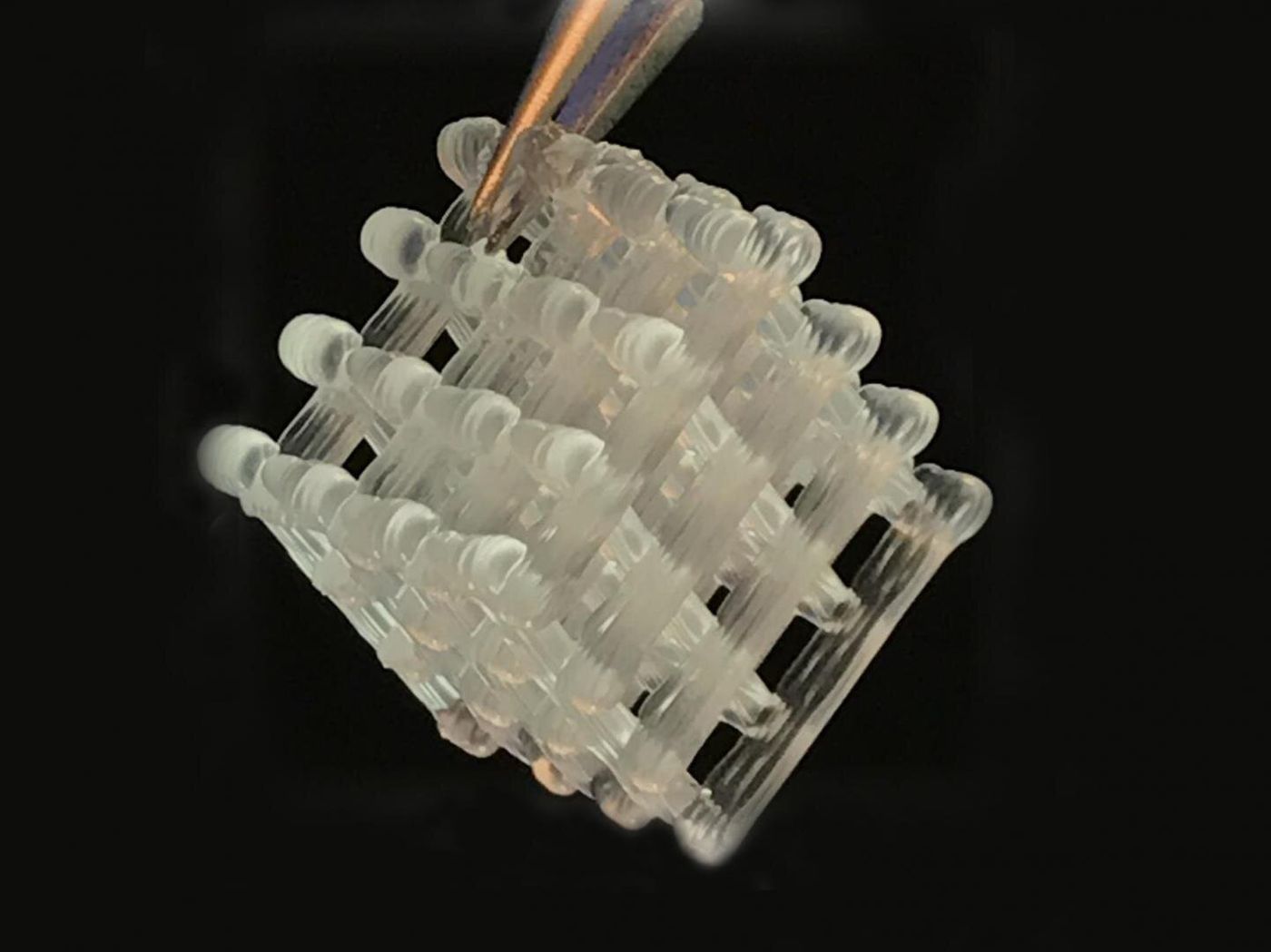Portable Biofactories that Can Crank Out Medicine On-Demand
A hydrogel is a water-dispersed, polymer colloid that's been popularly explored in biomedicine. A collaborative project between the University of Texas at Austin and the University of Washington has yielded a hydrogel-based small-molecule manufacturing platform unlike anything before — it is so small that one can put it in the pocket and move it anywhere.
Hydrogel matrix usually contains networks of cross-linked polymeric chains, which form numerous internal pockets. Biomedical researchers often employ hydrogels to build scaffolds to house cells for tissue repair, because of their bio-friendly nature and versatility for chemical modification.
The intention of this study is to overcome the current obstacles faced by the biopharmaceuticals and biotechnology industry. Large fermentation reservoirs are usually used to house microbe-enriched suspensions. Inside them, the mono- or co-culture process can turn precursor materials into useful molecules. However, these tanks are difficult to transport and for single-use only, and the fermentation process inside cannot be stopped and re-started easily.
The material scientists behind the study turned their hydrogel lattice into a small-scale biofactory, a place to house engineered organisms and allow them to produce pharmaceuticals, fuels, and other biotech products.
They moded the liquid gel along with the worker cells by either manual extrusion or 3-D printing and then hardened the finished lattice with UV light. The resulted biofactory provides a hospitable environment with the right pore size, so that feedstock and product molecules can traverse easily while keeping the cells secure in place. Their creative design of a miniature scaffold enables portability and reusabilities.
The researchers hope that their first-of-its-kind invention can help remote communities that have little access to conventional clinics and pharmacy services. The portable "biofactory" would allow them to produce medications in a matter of hours to a couple of days.
The study is reported in the journal Nature Communications.
Interested in learning more about hydrogels and their cool applications? Check out the following video from a group of MIT researchers, who developed hydrogel-based wearable electronics.
Stretchable hydrogel electronics (MIT)









